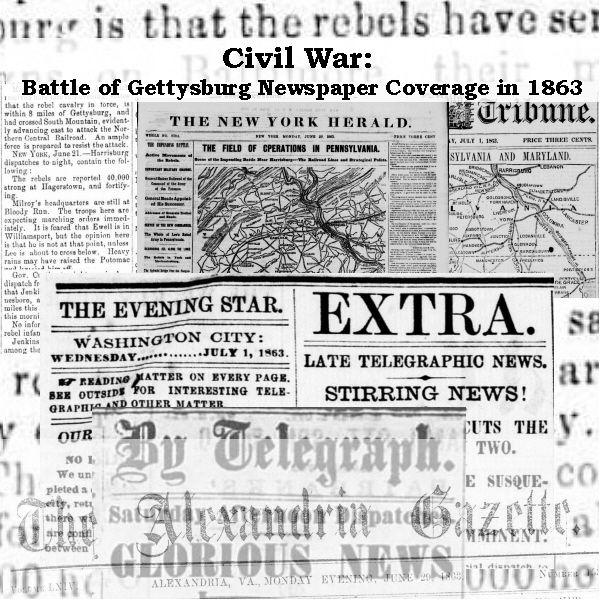
Description
Gettysburg: A Civil War Media Chronicle
Pre-Battle of Gettysburg (June 1863)
- June 22, 1863: Confederate forces, specifically “Jenkins, with his mounted Infantry,” are reported by the New York Heard to be moving through Greencastle towards Waynesboro, suggesting Gettysburg and the Northern Central Railroad as a potential destination. Newspaper coverage of Confederate movements northward begins broadly around this time, with much speculation about their goals.
- June 22, 1863 (approx.): Confederate General Ewell reportedly prohibits liquor sales to soldiers in Chambersburg without written permission from a Major-General.
- June 24, 1863: The Weekly Standard (Raleigh, NC) reports that the advance of General Lee’s army has crossed the Potomac into Maryland, threatening Pennsylvania. Maryland, Pennsylvania, Rhode Island, and New York authorities are “greatly excited” and preparing defenses. President Lincoln calls for 100,000 men to repel the invasion. Lee’s advance crossed at Williamsport, taking Winchester and Martinsburg along the way.
- June 27, 1863: The Chicago Tribune reports under headlines “GETTYSBURG AND CARLISLE IN THEIR POSSESSION” and “THEY DESIGN ATTACKING WASHINGTON,” stating that Longstreet’s corps had crossed the Potomac and was advancing into Pennsylvania. Lee and his staff are confirmed to be on the “this side of the Potomac.”
- June 27, 1863: The Sunbury American (Sunbury, PA) reports that a deserter from a Georgia regiment, who came into Gettysburg, states that fifty of his comrades deserted. He places Ewell’s corps around Hagerstown, consisting of six brigades and numbering about twelve thousand men.
Battle of Gettysburg (July 1-3, 1863)
- July 1-3, 1863: The Battle of Gettysburg is fought in and around Gettysburg, Pennsylvania. This becomes the deadliest battle of the Civil War.
- July 2, 1863 (After Day 1 of Fighting): The New York Heard publishes cautious sentiments about the battle’s outcome. Washington D.C. expresses apprehension that General Lee’s army might retreat through Maryland and reach the capital before General Meade’s army can intercept them. Hopes are held that General Meade might strike the Confederates’ flank. General Meade issues a circular urging commanders to explain the “immense issues” of the conflict, emphasizing that “Homes, firesides, and domestic altars, he says, are in danger. The enemy is on our own soil…” He authorizes instant death for soldiers failing in their duty.
- July 3, 1863 (Morning): The Richmond Whig publishes an editorial advocating for financial restitution from the North for war damages to Virginia, suggesting $500 million during peace negotiations.
Post-Battle of Gettysburg (July 1863)
- July 4, 1863: The Confederate Army retreats from Gettysburg.
- July 10, 1863: The Richmond Enquirer (Virginia) still expresses confidence in a Confederate victory at Gettysburg, stating, “We have nothing later than Saturday evening from the battle field at Gettysburg. All are confident of our final success.”
- Post-Battle General Coverage: Southern newspapers attempt to spin the defeat as favorably as possible, reporting it as a “draw” and highlighting Union casualties and captured equipment.
Broader Historical Context of Newspaper Operations (1861-1865)
- May 24, 1861: Federal troops march into Alexandria, Virginia, and take control of the city, just days after Virginia seceded from the Union.
- May 25, 1861: Alexandria Gazette publisher Edgar Snowden suspends publication after Union Colonel Orlando Wilcox demands he print a proclamation of martial law. Federal troops seize the office, demolish property, loot bonds and certificates, and eventually burn down the office.
- For five months after May 25, 1861: The city of Alexandria is without a newspaper.
- May 13, 1862: The Alexandria Gazette resumes publication in Union-occupied Alexandria.
- October 31, 1864: Edgar Snowden is arrested by Union military authorities, and the Alexandria Gazette ceases publication again.
- January 3, 1865: The Alexandria Gazette resumes publication and has continued in print since.
Cast of Characters
- Abraham Lincoln: President of the United States (Union). The source mentions his call for 100,000 men to repel the Confederate invasion threatening Maryland and Pennsylvania.
- Robert E. Lee: Commanding General of the Confederate Army of Northern Virginia. His “second and most ambitious invasion into Northern territory” culminates in the Battle of Gettysburg, which ends in a Union victory and his army’s retreat. His movements are tracked by newspapers, including his presence north of the Potomac.
- Richard S. Ewell: Confederate Major-General and corps commander under Lee. He is reported to have prohibited liquor sales to his soldiers in Chambersburg. His corps’ estimated location and size are also mentioned by a deserter.
- James Longstreet: Confederate Major-General and corps commander under Lee. His corps is reported to have crossed the Potomac and advanced into Pennsylvania.
- Albert G. Jenkins: Confederate Brigadier General, commanding mounted infantry. His unit’s movements through Greencastle and towards Waynesboro are reported as an early indication of Confederate objectives.
- Joseph Hooker: Union Major-General, initially commanding the Army of the Potomac before being replaced by Meade. His position and potential actions (or lack thereof, as some feared) in relation to Lee’s army are speculated upon by newspapers.
- George G. Meade: Union Major-General, commander of the Army of the Potomac during the Battle of Gettysburg. He is relied upon for his “good fighting qualities” to intercept or strike the Confederate army. He issues a circular to his troops emphasizing the critical “immense issues” of the conflict.
- Edgar Snowden: Editor of the Alexandria Gazette. He chose to shut down his newspaper rather than print a Union proclamation of martial law, leading to the seizure and destruction of his office. He later resumed publication but was arrested by Union authorities in 1864.
- Orlando Wilcox: Union Colonel. He approached Edgar Snowden demanding the printing of a martial law proclamation in the Alexandria Gazette.
Civil War: Battle of Gettysburg Newspaper Coverage in 1863
884 full sheet newspaper pages, from the North, South, East and West with coverage of the prelude, fighting and aftermath of the Battle of Gettysburg. The papers date from June 22, 1863, to July 16, 1863. In and around the Pennsylvania town of Gettysburg, the Battle of Gettysburg was fought from July 1st to 3rd. On July 4th the Confederate Army retreated.
The Battle of Gettysburg is credited as deadliest battle of the Civil War. In three days approximately 23,000 Union and 28,000 Confederate soldiers were killed, wounded, or captured. The Union victory ended General Robert E. Lee’s second and most ambitious invasion into Northern territory.
Much of the newspaper reporting was done from Harrisburg, PA, because that is where many newspaper reporters believed the Confederate army was headed. The newspapers begin covering the movements of Confederate forces northward as early as June 22. Much speculation is given to Confederate goals and tactics.
Coverage is given to Union preparations for the upcoming battle, including a wide range given to the number of reinforcements being sent to the region by President Lincoln. One newspaper report says that Confederate General Ewell had prohibited liquor sellers in Chambersburg from selling alcohol to Confederate soldiers, “without written permission from a Maj.-General.”
After the battle was over many southern newspapers attempted to spin the war events in as favorable a way possible for the Confederacy. Many reported Gettysburg as being a “draw” and highlighted the number of Union soldiers killed or captured and the amount of Union equipment seized.
Interesting reporting in this collection can be found from Virginia’s Alexandria Gazette. Just days after Virginia succeeded from the Union, on May 24, 1861, Federal troops marched into Alexandria, Virginia and took control of the city. The Gazette’s publishing was suspended the next day. After Federal troops moved into the city, Union Col. Orlando Wilcox approached the Gazette’s editor Edgar Snowden demanding that a proclamation of martial law be printed in his paper.
Snowden choose to shut down the newspaper, instead of publishing the notice. This led to Federal troops seizing the office of the Gazette, demolishing property and looting bonds and certificates. Soon the newspaper’s office was burned down. For five months, the city of Alexandria was without a newspaper.
The Alexandria Gazette resumed publication on May 13, 1862, in a definitely Southern city occupied by Union forces. It continued publishing during the war until October 31, 1864, when Snowden was arrested by Union military authorities. The Gazette resumed publication on January 3, 1865 and has been in print since.
Newspapers in this collection include:
New York Daily Tribune
Chicago Daily Tribune
Evening Star (Washington, DC)
Richmond Whig (Richmond, VA)
Richmond Enquirer (Richmond, VA)
Union County Star and Lewisburg Chronicle (Lewisburg, PA)
North Branch Democrat (Tunkhannock, PA)
Daily National Republican (Washington, DC)
The Daily Dispatch (Richmond, VA)
Alexandria Gazette (Union Occupied Alexandria, VA)
The Chattanooga Daily Rebel (Chattanooga, TN)
Clearfield Republican (Clearfield, PA)
The Abingdon Virginian (Abingdon, VA)
The Alleghanian (Ebensburg, PA)
The Free South (Beaufort, SC)
Baltimore Wecker (Baltimore, MD)
National Intelligencer (Washington, DC)
The Nashville Daily Union (Nashville, TN)
The Western Democrat (Charlotte, N.C.)
The Daily Green Mountain Freeman (Montpelier, VT)
Daily State Sentinel (Indianapolis, IN)
Daily Ohio Statesman (Columbus, OH)
Hammond Gazette (Point Lookout, MD)
The Potter Journal (Coudersport, PA)
Weekly Standard (Raleigh, NC)
Nebraska Advertiser (Brownville, Nebraska Territory)
West-Jersey Pioneer (Bridgeton, NJ)
Cleveland Morning Leader
Memphis Daily Appeal (Memphis, TN)
Raftsman’s Journal (Clearfield, PA)
The Bedford Gazette (Bedford, PA)
Der Lecha Caunty Patriot (Allentaun, PA)
Sunbury American (Sunbury, PA)
Columbia Democrat and Bloomsburg General Advertiser (Bloomsburg, PA)
Democrat and Sentinel (Ebensburg, PA)
In the June 22, 1863, New York Heard an article appears titled, “The Theatre of War In Virginia – The Latest Movements.” It reads, “Our telegraphic dispatch from Harrisburg throws some light upon the movements of Lee. It appears that on Saturday evening Jenkins, with his mounted Infantry, pawed through Greencastle, in the direction of Waynesboro, which suggests Gettysburg and the Northern Central Railroad as the destination.”
On June 24, 1863, Raleigh North Carolina’s Weekly Standard published on its front page:
“It seems that the advance of Gen. Lee’s army has crossed the Potomac, and is in Maryland, threatening Pennsylvania. The authorities of Maryland, Pennsylvania, Rhode Island, and New York are greatly excited, and are making preparations to defend their territory. President Lincoln has called for 100,000 men to repel the threatened invasion.
The advance of Gen. Lee’s army, it seems, crossed the Potomac, taking Winchester and Martinsburg in their way, at Williamsport, which is about twenty miles above Harper’s Ferry, and ten miles above the old battle ground of Sharpsburg. The exact position of the main body of Gen. Lee’s army is not known, nor that of Gen. Hooker’s. It is hardly probable, however, that the latter will retire across the Potomac without giving battle, though the panic which appears to have seized the Northern authorities may hurry him over to the defence of Washington.”
The June 27 Chicago Tribune on its front page reported under the headlines GETTYSBURG AND CARLISLE IN THEIR POSSESSION and THEY DESIGN ATTACKING WASHINGTON, “The whole of Longstreet’s corps had crossed the Potomac, and is advancing in the same direction into Pennsylvania. But few rebel troops were yesterday at Hagerstown; all having gone to Pennsylvania. Lee and staff are certainly on this side of the Potomac.”
On June 27 the Sunbury American published in Sunbury, PA, printed, “A deserter from a Georgia regiment came into Gettysburg. He reports that fifty of his comrades had deserted in a body. He locates the whole of Ewell’s corps around Hagerstown, but says it consists of six brigades and numbers only twelve thousand men.”
After the first day of fighting the New York Heard on July 2nd published cautious notions about the outcome of the battle stating on its front page:
“There was some apprehension in Washington yesterday that the army of General Lee might make a line of retreat from Maryland and reach the federal capital before the army of General Meade can intercept it. Some hopes were entertained that General Meade might be able to strike the rebel on the flank, and thus prevent them from reaching Washington. The good fighting qualities of General Meade are relied upon to effect this object. The army are reported to be willing to suffer any fatigue within the power of human endurance. General Meade has issued a circular, urging upon the commanders of army corps, divisions and brigades to explain to their men the “immense issues” involved in the coming conflict. Homes, firesides, and domestic altars, he says, are in danger. The enemy is on our own soil… He authorizes all commanding officers to order the instant death of any soldier who fails to do his duty.”
On the morning of July 3rd, the Richmond Whig begins with an editorial about restitution it believes was owed to Virginians by the North for war damages to the state. It states that repayment for losses should be demanded during peace negotiations, “Five hundred millions of dollars would ill requite our people for the actual losses sustained by them in the shape of abducted slaves, the desolation of property, the plunder of all that was valuable in affluent homes to which they had penetrated.”
In Virginia, the July 10th Richmond Enquirer was still holding out for news of a Confederate victory at Gettysburg. From its front page, “We have nothing later than Saturday evening from the battle field at Gettysburg. All are confident of our final success.”
Related products
-
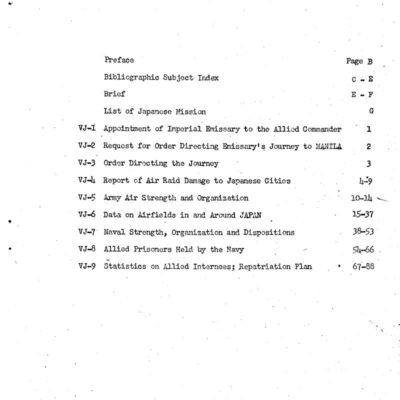
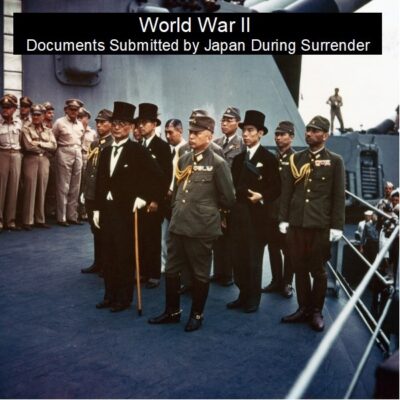
Japan’s Surrender Documents from World War II
$1.99 Add to Cart -

Holocaust Document Archive PDF file – Inventory Catalog of Document Collection
$3.94 Add to Cart -
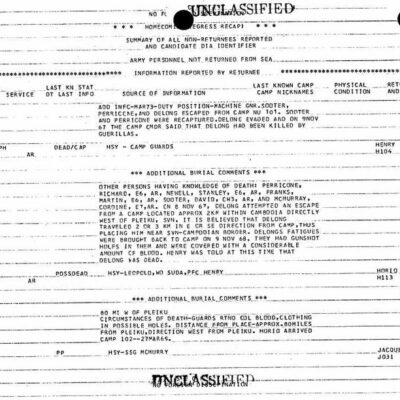
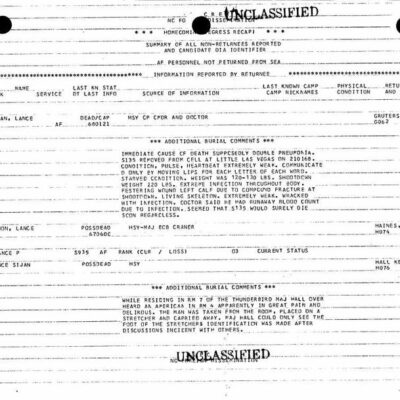
Vietnam War: POW/MIA Summary of All Reported Non-Returnees
$19.50 Add to Cart -
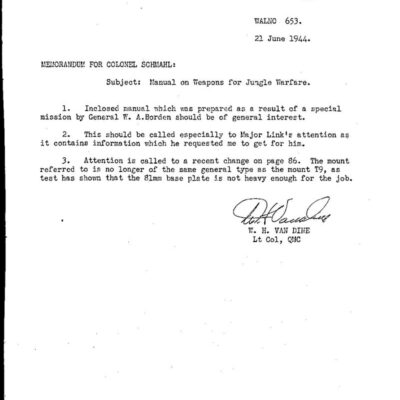
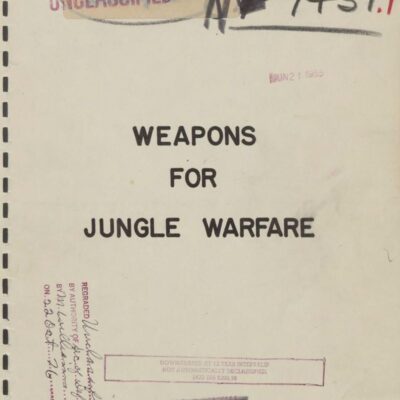
World War II Manual on Weapons for Jungle Warfare (1944)
$1.99 Add to Cart